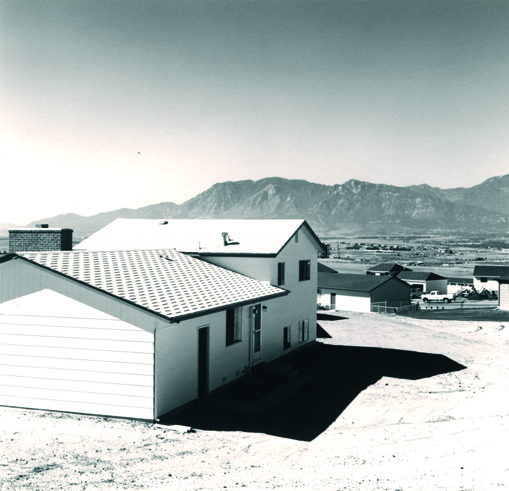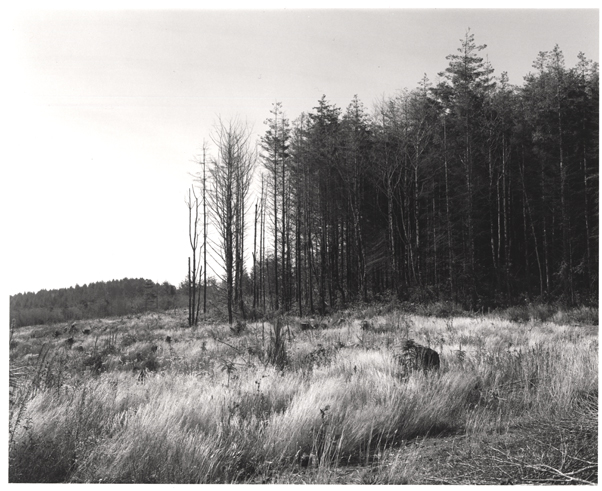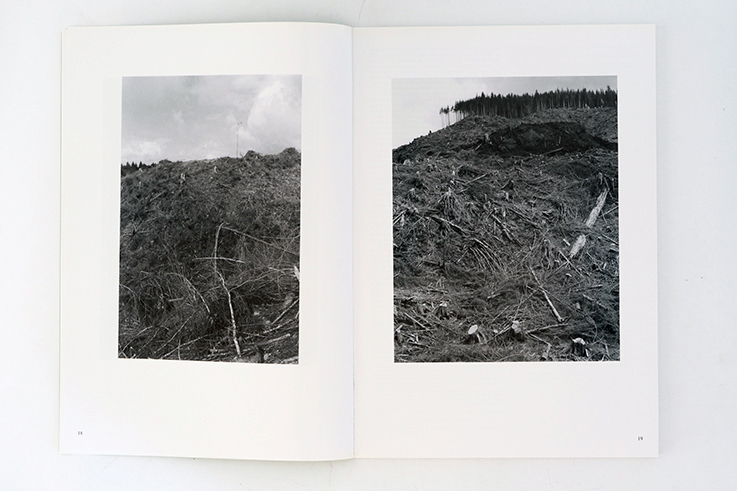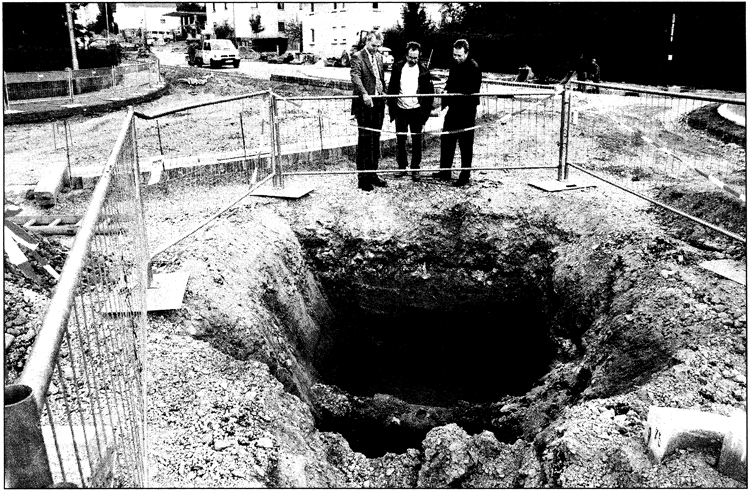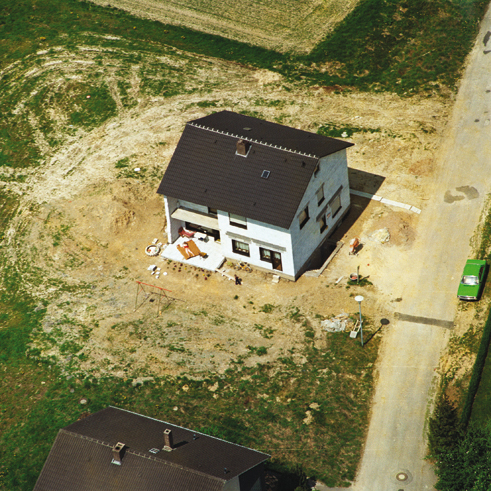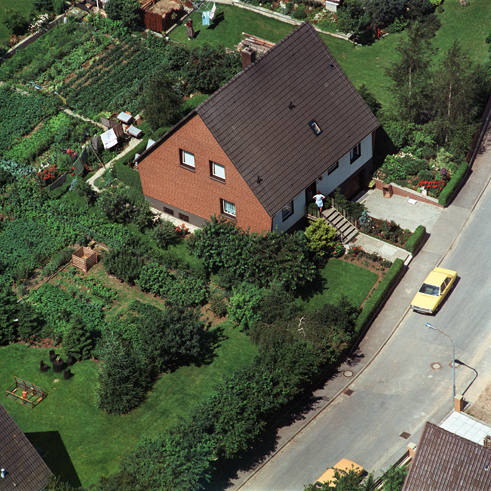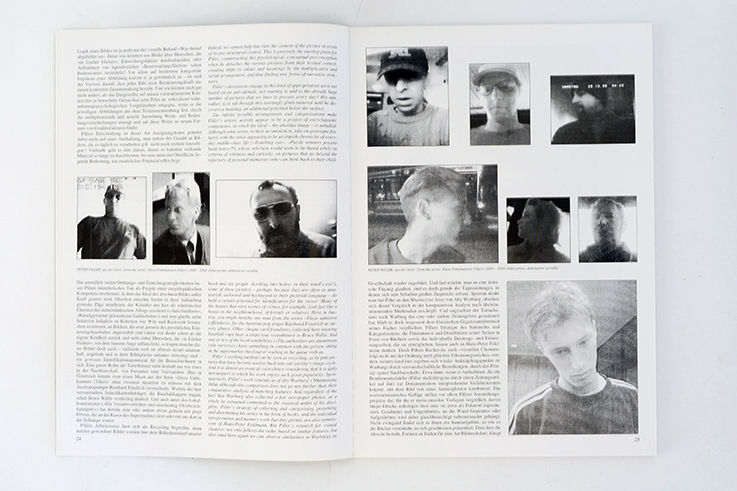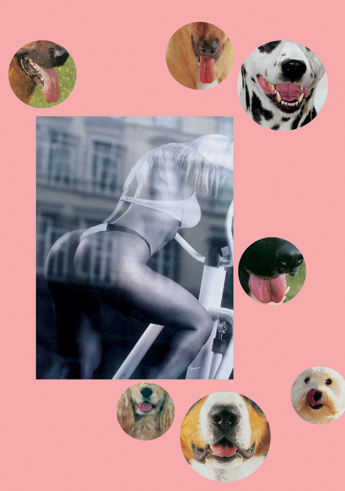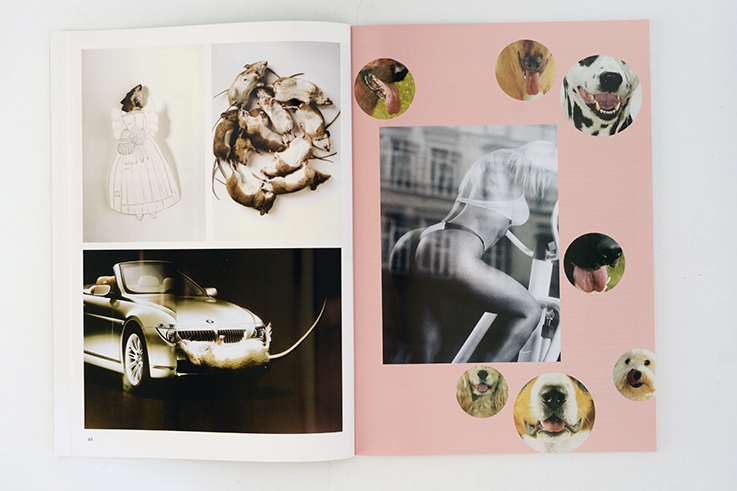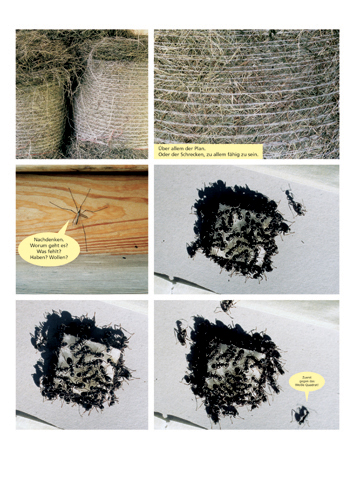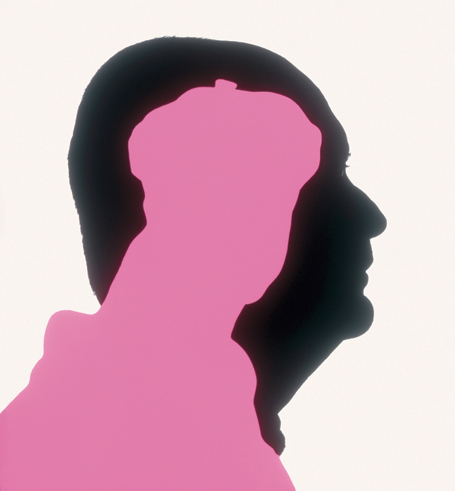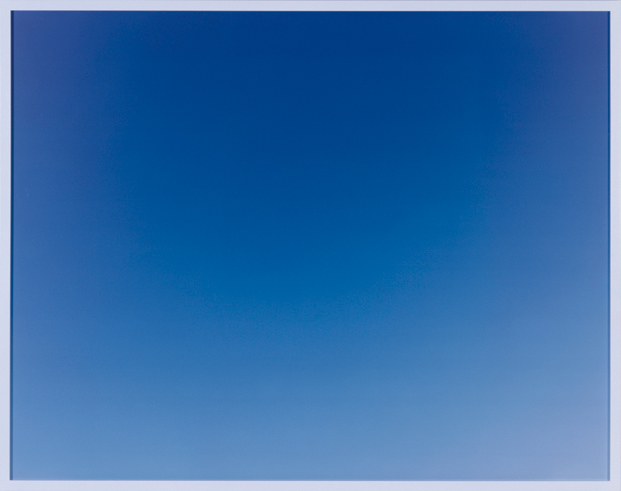Camera Austria International
89 | 2005
- THOMAS WESKI
Robert Adams: Finding Peace is a long Journey - ROBERT ADAMS
- MANISHA JOTHADY
Peter Piller: A Tennis Ball Discovered While Cutting the Hedge is Like a Bird of Prey´s Pellet - PETER PILLER
- WOLFGANG KOS
Occasionally Photos. The Ephemeral Total Art Work of Ingeborg Strobl - INGEBORG STROBL
- DANIEL BAUMANN
God. Interview with Piotr Uklanski - PIOTR UKLAŃSKI
- TOM HOLERT
Mass-Media Acts (2)

Preface
Piotr Uklanski’s idea of simultaneous brimming visual abundance and infinite emptiness, of incorruptible beauty and total triteness induced us to feature a contribution on the artist. With his convincing concepts he approaches the subject of emptying the image, a paradigm in recent contemporary photography. Daniel Baumann’s interview with Uklanski is very similar to his art: “It is occasionally elusive, at times very interesting, and then it is rather mean, and then without meaning, etc.”. Baumann tries to call Uklanski to account morally, but in the end strengthens him in his refusal. In contrast, all the other artists featured in this issue do allow us to explore their work by way of socio-political questions:
“Fuck the Universe” is one of the motives for Ingeborg Strobl’s work, her work is equally subject to the “law of dispersion”, where “almost nothing joins together with any stability”, and photography is found “in accumulations, rows and wild mixtures”. And yet Wolfgang Kos comes to the unambiguous conclusion in his essay “that Ms Strobl is a very serious and politically minded artist. She leans toward larger contexts with an impetus that is founded on ecological aspects and a critique of civilisation, sometimes, indeed, with an inward rage.”
Camera Austria International 89 | 2005
Preface
Piotr Uklanski’s idea of simultaneous brimming visual abundance and infinite emptiness, of incorruptible beauty and total triteness induced us to feature a contribution on the artist. With his convincing concepts he approaches the subject of emptying the image, a paradigm in recent contemporary photography. Daniel Baumann’s interview with Uklanski is very similar to his art: “It is occasionally elusive, at times very interesting, and then it is rather mean, and then without meaning, etc.”. Baumann tries to call Uklanski to account morally, but in the end strengthens him in his refusal. In contrast, all the other artists featured in this issue do allow us to explore their work by way of socio-political questions:
“Fuck the Universe” is one of the motives for Ingeborg Strobl’s work, her work is equally subject to the “law of dispersion”, where “almost nothing joins together with any stability”, and photography is found “in accumulations, rows and wild mixtures”. And yet Wolfgang Kos comes to the unambiguous conclusion in his essay “that Ms Strobl is a very serious and politically minded artist. She leans toward larger contexts with an impetus that is founded on ecological aspects and a critique of civilisation, sometimes, indeed, with an inward rage.”
Political commitment is also a characteristic of Robert Adams, who has ever combined his documentary photography with the aim of social analysis and who is a renowned critic of American-style capitalist profit-seeking. In his contribution, Thomas Weski focuses on the two series of works “The New West” (1974) (we refer our more recent readers to an interview with Robert Adams in Camera Austria No. 9/1983) and “Turning Back”, that will be published as a book and exhibition this year. These two books are separated by almost forty years of Robert Adams’ exploring the American West: they describe the geographical and thematic poles of this important photographer’s path through life, whose biography is closely tied to the “Go West!” motto of the early settlers. Adams’ photos are about the change in the (American) landscape, urban sprawl, and increasing suburbanisation. We would like to take this opportunity to thank Robert Adams for his fellowship over the decades.
Manisha Jothady has taken a look at the work of the Hamburg-based artist Peter Piller. For him, art arises from more or less intentional collections of images and their systematic structuring. Along with the several thousand clippings of regional newspaper photos, a commercial aerial photo archive of German homes from the early eighties was recently added to the “Peter Piller Archive”. The artist has rearranged the pictures in some one hundred collecting areas, (re)publishing them in part in several books.
This issue further features the speech that Herta Wolf gave at the presentation of the Austrian Federal Chancellor’s honorary prize for photography to Seiichi Furuya in December 2004 during the exhibition “Seiichi Furuya: alive” at Camera Austria. Herta Wolf adds a new dimension to the interpretation of Furuya’s photography on the one hand by focusing her analysis on the cultural difference inscribed in Furuya?s work and, on the other, by acknowledging the “literary” aspect that Seiichi Furuya “illustrates” in a specially collated series of pictures.
Since the last issue, we have been particularly pleased to be working with one of the most important cultural theorists in the German-speaking world: Tom Holert continues his series of essays “Mass-Media Acts: On Visual Programming of the Political Space” in this issue.
Christine Frisinghelli
Entries
Forum
STEFFI KLENZ
GREGOR GRAFF
ANJA JENSEN
IRIS JANKE
EBRU ERÜLKÜ
BARBARA JAKSE JERSIC
ZILOLA SAIDOVA
STANE JERSIC
BOLTAEV SHAVKAT
Exhibitions
Christopher Muller: So near, So Far
JOHANNA DI BLASI
Tue Greenfort: Dänische Schweine und andere Märkte
RAIMAR STANGE
Erich Salomon: Mit Frack und Linse durch Politik und Gesellschaft
CAROLIN FÖRSTER
Modern Is New Again
RACHEL BAUM
Systemstörung
MAREN LÜBBKE-TIDOW
Nedko Solakov: A 12 1/3 (and even more) Year Survey
NINA SCHEDLMAYER
Atlas Group Archives: “Nassar Files” and “Fakhouri File”
TERENCE DICK
Funky Lessons
HANS-JÜRGEN HAFNER
Shanghai Surprise
HIAS WRBA
Durchblicke Durchbrüche. Kunst – Fotografie – Architektur. Die Sammlung 1
CAROLIN FÖRSTER
Eine Andere Welt ist möglich. International Documentary Festival Amsterdam
ALEXANDRA SCHEELE
Zwei Realismen – Diesseits und Jenseits der modernistischen Fotografie. Moriyama : Shinjuku : Araki
MINORU SHIMIZU
Books
Screenwise. Film. Fernsehen. Feminismus
DREHLI ROBNIK
Neuerscheinungen / New Books
Timothy Greenfield-Sanders: XXX 30 Porn Star Portraits
CARLO MCCORMICK
Guy Brett’s Selected Writings: Carnival of Perception Or Angel With a Gun?
DENISE ROBINSON
Memento Vitae. Matthias Herrmann: 8 X 10″
FRIEDRICH TIETJEN
Winfried Paulet: Filmstandbilder. Passagen zwischen Kunst und Kino
KATHRIN PETERS
Imprint
Publisher: Manfred Willmann. Owner: Verein CAMERA AUSTRIA, Labor für Fotografie und Theorie
All: Lendkai 1, A-8020 Graz
Editors Graz: Reinhard Braun, Christine Frisinghelli, Manisha Jothady
Editor Berlin: Maren Lübbke-Tidow
Copy editing: Marie Röbl
Translations: Wilfried Prantner, Richard Watts

